Fuels and Fire Danger
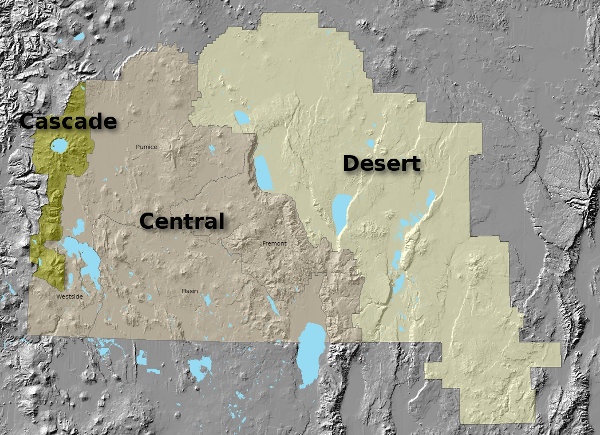
SCOFMP Fire Danger Operating Plan
This information was updated on 10-Dec-2025 8:40:46
Current Fire Danger
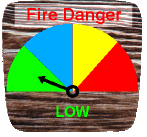
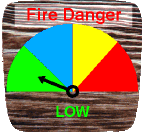 |
LowFuels do not ignite readily from small firebrands, although a more intense heat source, such as lightning, may start many fires in duff or punky wood. Fires in open cured grassland may burn freely a few hours after rain, but woods fires spread slowly by creeping or smoldering, and burn in irregular fingers. There is little danger of spotting. The color code is green. |
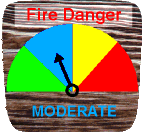 |
ModerateFires can start from most accidental causes, but with the exception of lightning fires in some areas, the number of starts is generally low. Fires in open-cured grassland will burn briskly and spread rapidly on windy days. Woods fires spread slowly to moderately fast. The average fire is of moderate intensity, although heavy concentrations of fuel, especially draped fuel, may burn hot. Short-distance spotting may occur, but is not persistent. Fires are not likely to become serious, and control is relatively easy. The color code is blue. |
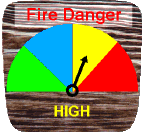 |
HighAll fine dead fuels ignite readily and fires start easily from just causes. Unattended brush and campfires are likely to escape. Fires spread rapidly and short-distance spotting is common. High-intensity burning may develop on slopes, or in concentrations of fine fuel. Fire may become serious and their control difficult, unless they are hit hard and fast while small. The color code is yellow. |
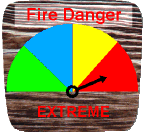 |
ExtremeFires under extreme conditions start quickly, spread furiously, and burn intensely. All fires are potentially serious. Development into high-intensity burning will usually be faster and occur from smaller fires than in the very high danger class. Direct attack is rarely possible, and may be dangerous, except immediately after ignition. Fires that develop headway in heavy slash or in conifer stands may be unmanageable while the extreme burning condition lasts. Under these conditions, the only effective and safe control action is on the flanks until the weather changes or the fuel supply lessens. The color code is red. |